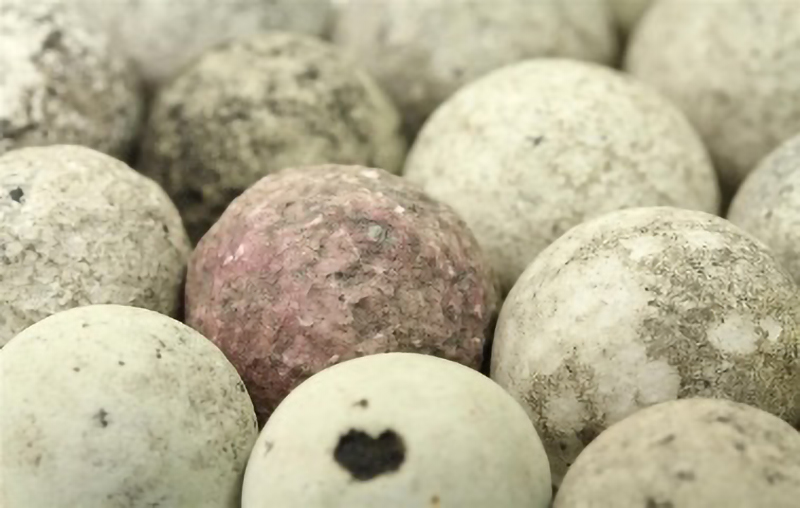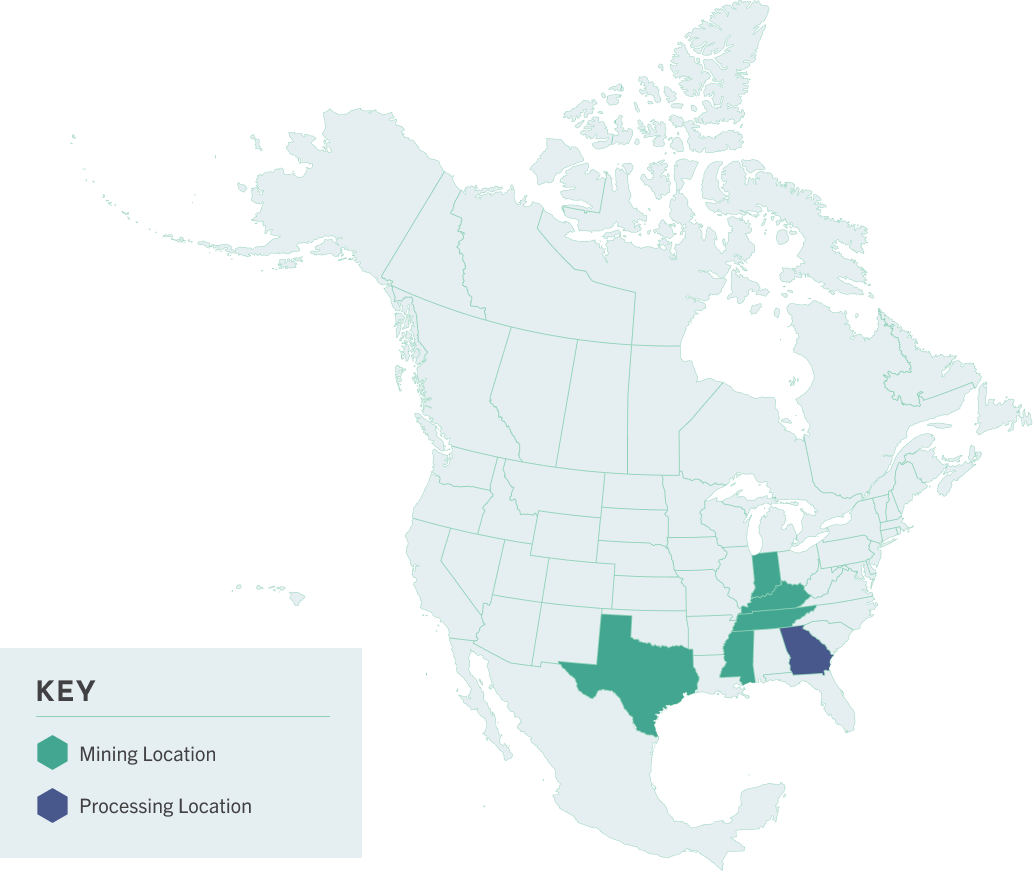Learn All About Ball Clay
Ball Clay
A rare rock you’ll find on your dinner table.
A rare rock you’ll find on your dinner table.

Ball clays are kaolinitic sedimentary clays that commonly consist of 20–80 percent kaolinite, 10–25 percent mica, and 6–65 percent quartz, along with small amounts of organic matter.
Ball clays are fine-grained, highly plastic clays, which are principally used in the manufacture of ceramic whiteware and sanitaryware where they are appreciated for their plasticity, unfired strength and their light colour on firing. Selected clays can even give pure white end products.
Among others, ball clays are also used in refractories, in polymers, in adhesives and sealants and in horticulture as soil amendments.
The name “ball clay” is derived from its early extraction methods in 18th century England when it was dug by spade as cubes, which then became rounded during subsequent transport.
Today, ball clay is extracted using hydraulic excavators, working at “benches” cut into the quarry to access the seams of clay. Individual raw clay selections are carefully blended according to pre-determined recipes to yield a product with a consistent and predictable range of characteristics and behavior. The first stage in processing is then to shred (or “kibble”) the blended clay into smaller, more regular lumps about the size of a golf ball. Much blended clay is sold in this shredded form.
Further processing through drying and grinding yields powdered ball clays, and treatment by calcination produces “chamotte” or “grog,” calcined clay containing a high proportion of silica and alumina. Ceramics manufacturers (particularly in the sanitary ware sector) have also benefited from the development of refined ball clays and chamottes which offer improved performance and reduced manufacturing process costs. Refined clays are available in “noodled” and slurried form.

Wait there’s more! Click below to learn about the rest of our essential minerals.